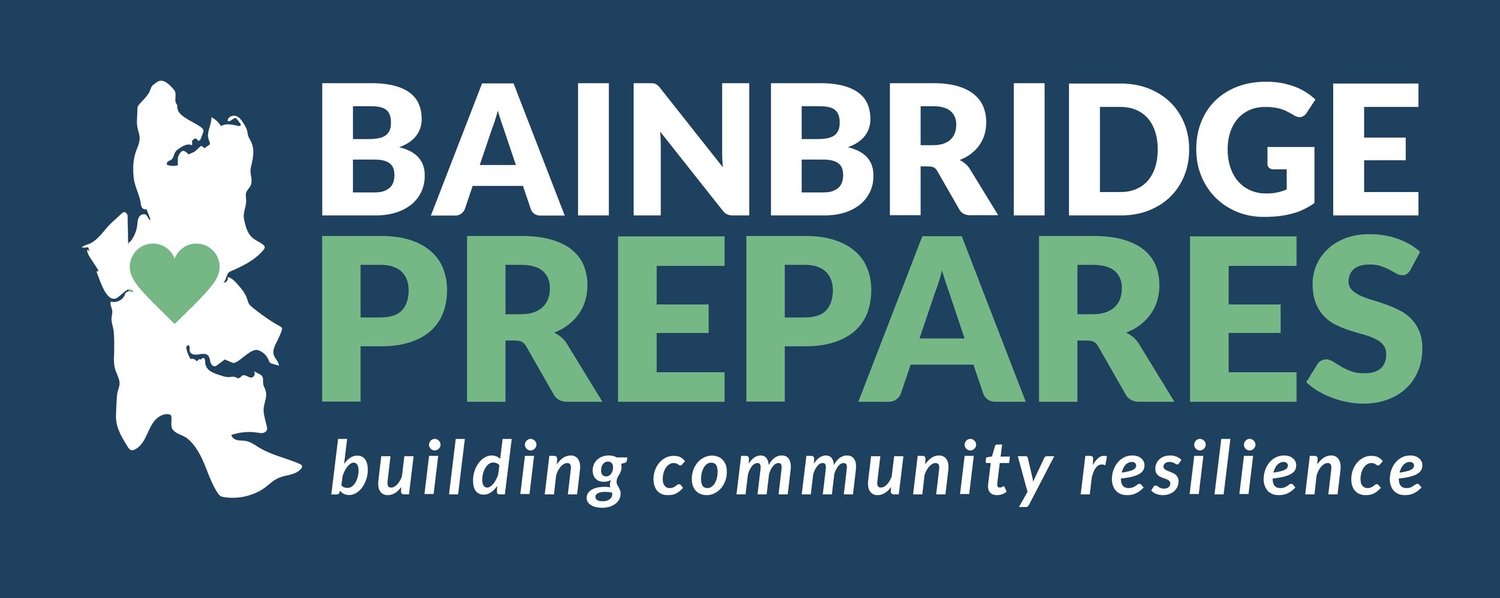Welcome to a Changed Climate: Preparing for Extreme Heat
The Federal Emergency Management Administration (FEMA) defines extreme heat as a period of high heat and humidity with temperatures exceeding 90 degrees for a minimum of two to three days. FEMA reports that, of all weather-related disasters, extreme heat events lead to the highest number of deaths annually.
Even though we've been enjoying a lovely summer in most of the Pacific Northwest, the eastern half of our state and much of the U.S. south is currently experiencing either red flag or excessive heat warnings, excessive heat watches, or heat advisories. Much of Europe and parts of Asia are also experiencing high temperatures; Sanbao, China, recently hit the highest ever recorded temperature north of 40 degrees latitude, 126°F (https://www.washingtonpost.com/weather/2023/07/17/heat-wave-southwest-south-records-climate/).
The effects of such heat can be devastating. In 2022, according to the journal Nature Medicine, almost 62,000 people died from excessive heat in Europe over the summer. Data from the Centers for Disease Control and Prevention show that about 700 people in the United States die from heat annually. (The difference between the U.S. and European numbers may have to do with a lack of air conditioning in Europe and/or an underreporting problem here, according to Harvard University professor David S. Jones.)
Pre-Heat
Ready.gov recommends you take the following steps to prepare for very likely heat events.
Prepare Your Home. There are things you can do to make your home cooler during periods of heat:
Keep the heat out with window drapes or shades, weather stripping, window reflectors, and insulation.
Regulate your home's heat level by clearing hot air from the attic with a fan or ventilator.
Fans increase a sense of comfort but do not reduce body temperature. Instead, install heat pumps or window air conditioners. A heat pump with a 16 SEER rating is as effective as a similarly rated air conditioner.
Contact the Low Income Home Energy Assistance Program (LIHEAP) for assistance with cost if needed.
Have a Plan. Once the heat event has started is not the time to make a plan for how to manage. Air conditioners and fans sell out quickly, and the heat makes it hard to think. Before the heat arrives, prepare your residence and find out where the closest cooling centers are, including shopping malls and libraries.
When the Heat Hits
When a heat event starts, don't wait until you or family members are uncomfortable. Before you get too hot, use the cooling devices you have, including cold showers, or get to a cooling center.In addition, take these precautions:
Do not leave anyone—whether a human or another animal—in a closed car. Even a car with the windows rolled down can be too hot.
Try not to use your stove or oven.
Drink fluids and be sure to get enough salt.
If possible, avoid high energy expenditure in the heat. Don't exercise and don't work vigorously outside.
Check on your neighbors, family, and friends.
Don't leave animals outside without water or shade.
Keep animals off asphalt.
Heat-Related Medical Emergencies
People can quickly get dangerously sick in extreme heat. Here's what to watch out for:
Heat cramps. These are stomach cramps or muscle pain in the arms or legs. The cure is to stop physical activity and get out of the heat.
Heat exhaustion. This is marked by sweating, paleness, cramps, fatigue, weakness, nausea, dizziness, feeling faint, and/or headache. Get out of the heat, cease physical activity, and sip cool water. If the symptoms don't improve, get medical help.
Heat stroke. This is an emergency. It's marked by red and hot skin, no sweating, a temperature above 103°F, a strong and rapid pulse, dizziness, confusion, and eventually unconsciousness. Call 911 and get help. If you find someone in this condition, call 911 and get them out of the heat. While you wait for help, try to reduce their core body temperature by applying or immersing them in ice and cold water—do NOT give them fluids to drink.
